The Top 7… Nintendo games not made by Nintendo
Everything gets better with cooperation
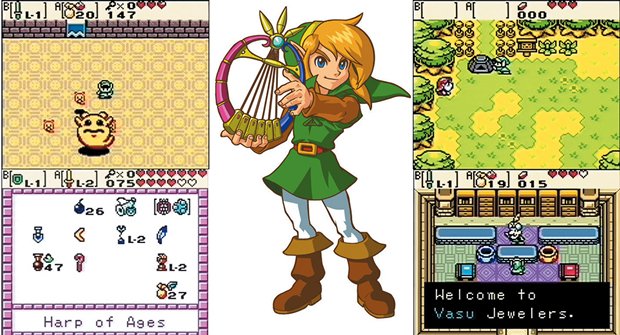
How it came about: For most of the games on this list it seems that Nintendo will hand out just about any franchise of theirs so long as they don’t have any current plans for it. But Nintendo almost always has an internally developed core Mario or Zelda in the works, so those franchises are almost never shared. The only real exceptions to this rule were the trio of Legend of Zelda games Capcom and its subsidiary Flagship made for the Game Boy Color and Game Boy Advance. This show of trust on Nintendo’s part with their revered series paid off, as all three titles were very worthy additions to Legend of Zelda’s history.
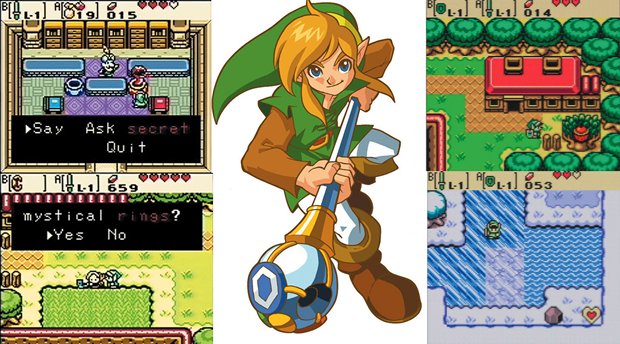
Why they were great: The Oracle of Ages/Seasons began as remakes of the first Zelda and grew to be to similar but very distinctive adventures that launched on the same day. Ages focused more on LoZ’s puzzle mechanics, creating some of the most diabolical enigmas in series' history. Seasons, on the other hand, focused more on action and swordplay. Both understood what made Game Boy classic Link’s Awakening a perfect portable adventure, but Flagship added its own unique flavor to the plots of both games. And if you wanted the true ending, you had to beat both to get a password to unlock a final dungeon. It was one of the deepest, largest adventures Link and the aging Game Boy system ever saw.
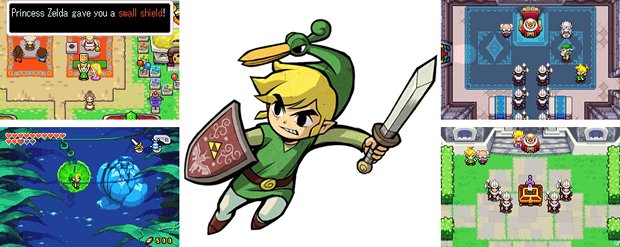
Soon after, the development team was tasked with creating a new Zelda for the GBA, subtitled The Minish Cap. Taking on the colorful,cartoony graphical style of Wind Waker, the story focused on Link saving Princess Zelda and Hyrule with the helpof the an enchanted, talking hat named Ezlo. Ezlo could shrink Link to miniature size, where Link could find the tiny Picori people to give him aid. Though not the biggest Zelda (no pun intended), the shrinking mechanic gave the whole world a hidden depth and unique charm. Unfortunately for Capcom, Nintendo decided to resume the development duties for handheld Zeldas with the launch of the DS, but this chapter in Zelda history will be well remembered by all fans of the elfish tyke.
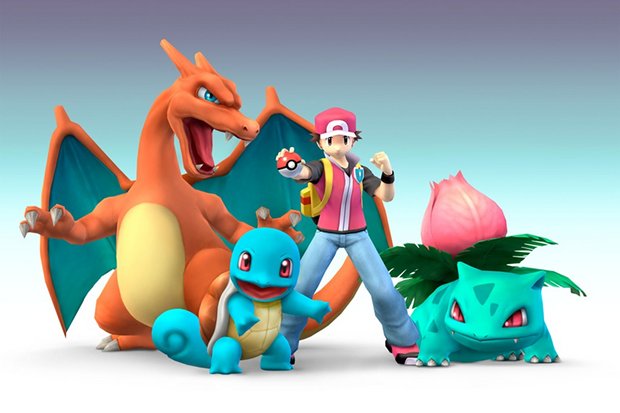
How it came about: Game Freak had been around a long time developing games for the NES, SNES and Genesis, but had never had a real “hit.” They had worked on a couple Mario puzzle games, including Yoshi’s Cookie and Mario & Wario, and when company head Satoshi Tajiri came up with a game concept based around his childhood love for bug collecting, he took the idea to Nintendo and planned to release it on the Game Boy, which many saw as a dated console by that time. Game Freak hoped for a modest success, and what they got was a phenomenon.
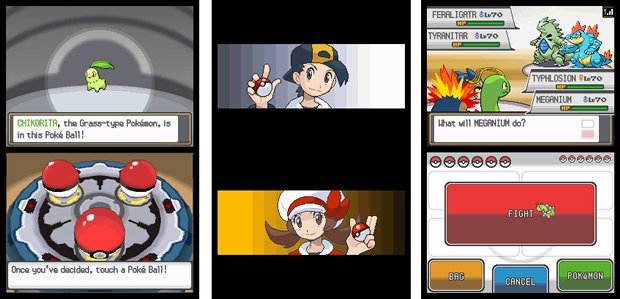
Why it was great: “Gotta catch ‘em all” perfectly encapsulates what make Pokemon one of the most addicting games ever made. Starting with a very traditional JRPG base, Pokemon Red and Blue were built around the need to scour the world to capture all 151 adorable, wonderfully designed Pokemon and make them your own. The fact that several Pokemon were exclusive to one edition or the other meant you either had to buy both versions, or ideally, find a friend that had the other and trade with them. This kind of game was a perfect fit for the Game Boy, and made for a whole new social experience for gamers.

Above: A small taste of all the Pokemon spin-off games
Pokemon became more than a ludicrously popular franchise for Nintendo, one that doubled the Game Boy’s shelf life. It became a way of life, a business unto itself. Not only are there the core game, but tons of spin-offs, anime, and more merchandise than you can ever collect. Pikachu has gone on to be one of the most recognizable characters on Earth, and instead of resting on its laurels, Game Freak (which is now owned by Nintendo) works hard to make every new core Pokemon an expansion and as new an experience as can be, while still sticking to what makes the series great.
Weekly digests, tales from the communities you love, and more
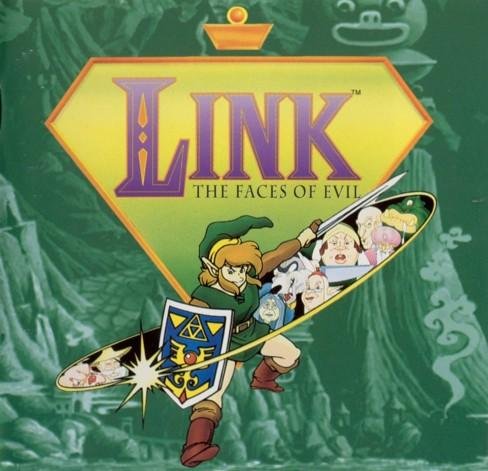
How this atrocity happened: Nintendo had worked with Sony for a long while on a CD-ROM add-on for the SNES, codenamed the PlayStation. But on the eve of making it official, Nintendo turned their back on Sony and teamed with the electronics giant’s rival Phillips. That lit the fire under Sony’s ass to make their own console, which would put Nintendo on the ropes for years. Meanwhile Nintendo, in a baffling move, loaned out their crown jewels, Mario and Zelda to unproven developer Phillips for its new system, theCDi. After seeing what we got, it’s surprising that Nintendo ever lent out its characters ever again.

This is how bad it sucked:
Above: Never forget
Above: NEVER
Aug 30, 2010

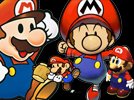
The complete history of Mario RPGs
We chronicle one humble plumber's random encounters with role-playing stardom
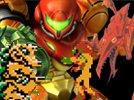
Metroid's recurring trio of stars, dissected through ages

A brief history of colored game cartridges
One of these things is not like the other
Henry Gilbert is a former GamesRadar+ Editor, having spent seven years at the site helping to navigate our readers through the PS3 and Xbox 360 generation. Henry is now following another passion of his besides video games, working as the producer and podcast cohost of the popular Talking Simpsons and What a Cartoon podcasts.



